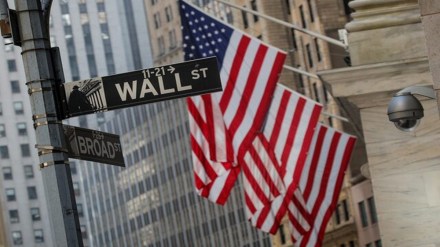US equities futures are in deep red on Thursday, following an incredible rise on Wednesday. Dow is down over 700 points while S&P 500 and Nasdaq have sunk over 2%. The strong comeback seen yesterday appears to be short-lived, as US markets are expected to open lower today.
Trump tariffs were the single most significant factor in the recent market meltdowns in Japan, Hong Kong, Vietnam, India, Europe, and the US. By April 8, US markets alone had lost over $10 trillion in value since the Trump tariffs were announced.
On April 9, the big turnaround happened in the markets. Trump delayed the implementation date for tariffs, and markets bounced back hard.
The Dow and S&P 500 saw their largest one-day increases in five years, rising 7.87% and 9.52%, respectively. Dow closed 2,962 points higher while S&P 500 notched 474 points in a day. Additionally, the Nasdaq Composite experienced its strongest one-day performance since 2001, rising 12.16%.
So, what exactly did Trump do to pep up the markets? Trump announced a complete three-month pause on all the “reciprocal” tariffs that went into effect at midnight on April 9, except China. During this period, when the reciprocal tariffs will not be imposed, the countries will, however, be subject to a universal 10% tariff rate. Trump gave this concession of temporarily pausing reciprocal tariffs to countries that have not retaliated.
China was quick to retaliate and had increased duties on US goods to 84%, prompting President Trump to further raise tariffs on Chinese imports to 125%.
And why did Trump have to backpedal? Nothing official, but it could be the selling pressure in the bond market witnessed on April 8 that could have led Trump to reconsider the tariff deal. The equity market was melting anyhow, but the spillover to the bond market could have changed Trump’s mind.
The focus now shifts to a trade war between US-China more than with other countries. Several countries have already contacted US and the rounds of negotiations are on between them.
But, the most important thing is that it is just a pause and not a complete cancellation. The tariff trade war could come back to haunt the markets after July 9, when the 90-day moratorium ends.
90-day is like an eternity in the markets, where billions of dollars get added or eroded in a day.
Is the market rally sustainable,e and can the stocks recover the lost ground? Chris Weston Head of Research at Pepperstone says, “Having found sellers at the 50% retracement of the recent 20%+ drawdown in the SPX500 and NAS100, the bulls will need to remain composed and step up and follow-through with the buying flow in the session ahead if this is to be more than a rapid-fire 1-day relief rally, knowing that we’re still very much in a headline-driven world.”
Nigel Green, CEO, deVere Group, sums it up well, “The world’s two largest economies are ‘no longer shadowboxing’, they are now locked in a full-scale trade war. For now, markets will likely oscillate between hope and fear. Sharp rallies on the slightest hint of diplomacy will be followed by brutal sell-offs when hostilities deepen.”
